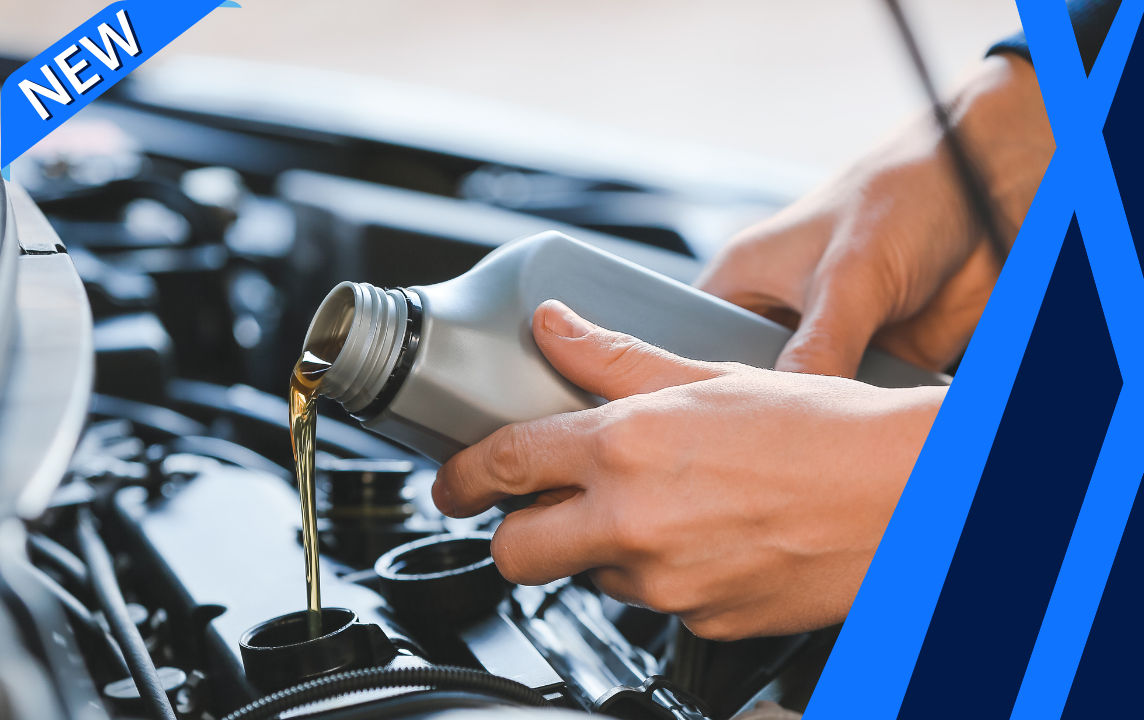Description
Headlight Bulb Replacement
What are headlight bulbs, and how do they work?
Headlight bulbs are encased in carefully designed housing that illuminates the roadways and makes your car visible to other drivers and pedestrians. They rely on the vehicle’s electrical system for power. There are many headlight bulbs in use today, including sealed beams, halogen plug-in bulbs, LED (light-emitting diode), and HID (high-intensity discharge) bulbs. Some car models are sold with headlight options, and a mechanic may rely on your car’s VIN to determine the type of headlight system in your vehicle.
All headlamps rely on reflectors in the lamp housing to focus the headlight bulbs. This allows the most useful pattern of light to be cast onto the roadway. Halogen bulbs have a gas that allows for additional light. HID bulbs use two electrodes within the bulb that charge the gas to produce the light. LED bulbs operate at a lower temperature, and the light shown on the road tends to be lower than HID bulbs. All headlights are designed to provide a well-lit driving path when natural sunlight is not enough.
When to replace headlight bulbs?
- The bulb is blown out. All of the various headlight bulb types are replaced if the bulb itself has failed. This is the most common scenario.
- The bulb has dimmed. Some bulb types, particularly halogen bulbs, will produce significantly less light output as the bulb filament ages from use. LED and HID lighting do not dim with age and thus are generally only serviced if the light source has failed.
- Headlight circuit fails. Note that the bulbs are not the underlying issue that leads to the need for replacements in some cases. Instead, the underlying problem could be wiring to the bulb, terminal connections, bulb sockets, and system components.
How do mechanics replace headlight bulbs?
- Halogen bulbs and sealed beams, generally modular plug-in components, are accessible once the hood is raised.
- The replacement procedure for LED and HID bulbs will depend on whether the light source itself is faulty or a component in the circuit. Removal procedures for sophisticated HID and LED systems vary by car model, and mechanics follow the repair procedures in the factory service manual for your model.
- For all bulb types, wiring and bulb sockets must be carefully inspected when replacing bulbs to ensure that the electrical connections are complete and secure.
- Finally, the installed newly bulbs are turned on to ensure normal operation.
Is it safe to drive with a headlight problem?
Headlights must always be fully functional after dusk to drive safely. Should your car have a failed headlight and is driven only when there is adequate daylight, you can put off the repair until it is convenient. Working headlights are required by law whenever the car is used on public roads from sunset to sunrise and in many other specified conditions, such as when it is raining or when visibility is reduced due to smoke, fog, or other factors.
When replacing headlights, keep in mind:
- If a bulb does not have a visible filament that can be inspected and tested, a mechanic might first test to see if there is power to the bulb. This is most applicable if your car has LED or HID lighting, which can fail if electronics in the circuit is faulty.
- A professional mechanic should replace halogen lamps and sealed beams to equal illumination levels on both sides of the car.
- Plastic lenses on many headlights degrade over time. Should there not be any issues with the bulbs, these can be replaced to restore your vehicle’s lighting system to a like-new condition.
- The condition of bulb sockets, the ground connection, fuses, and all components of the headlight circuit are important to the proper and reliable functioning of the headlights, and a mechanic should consider those aspects.




